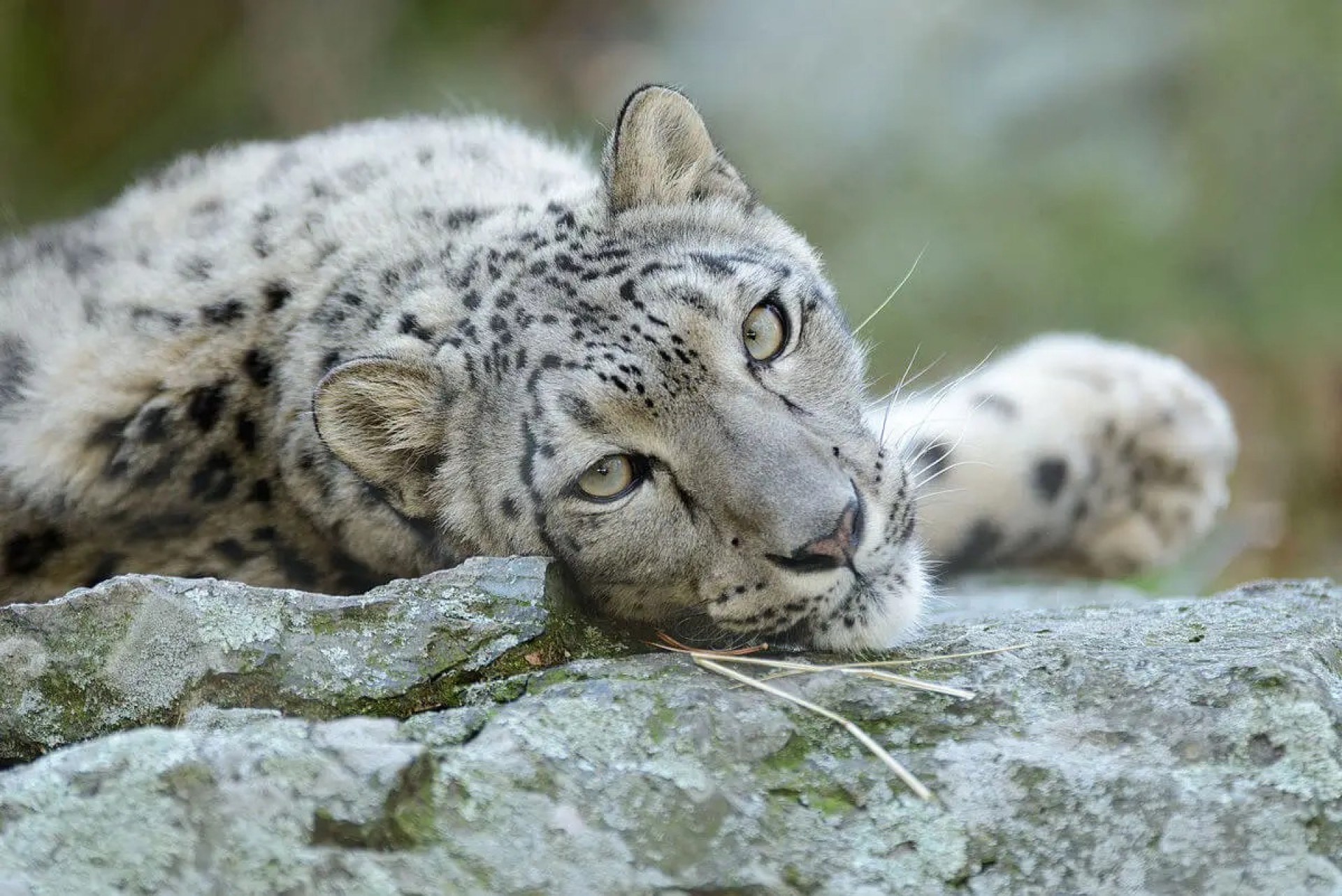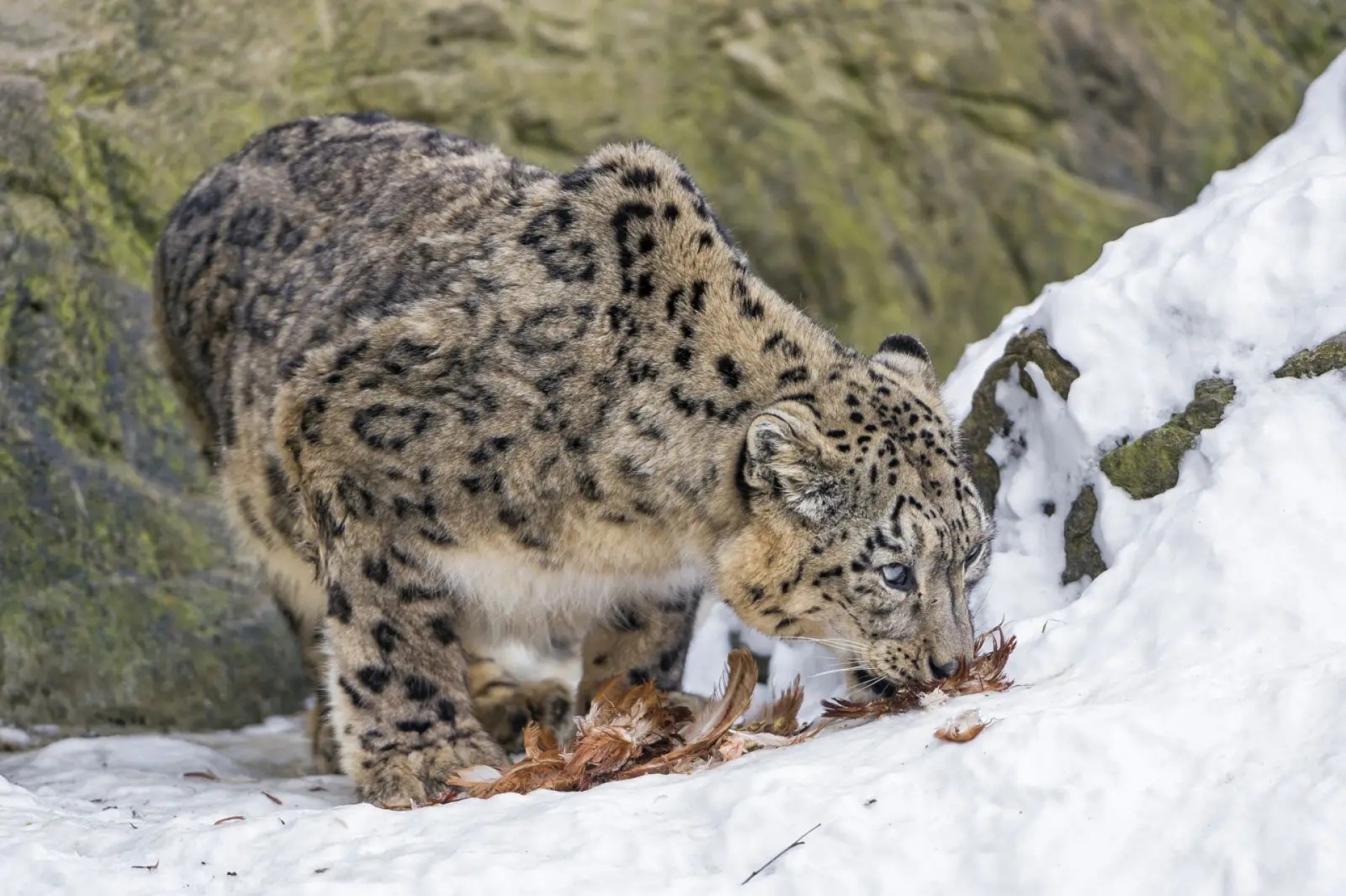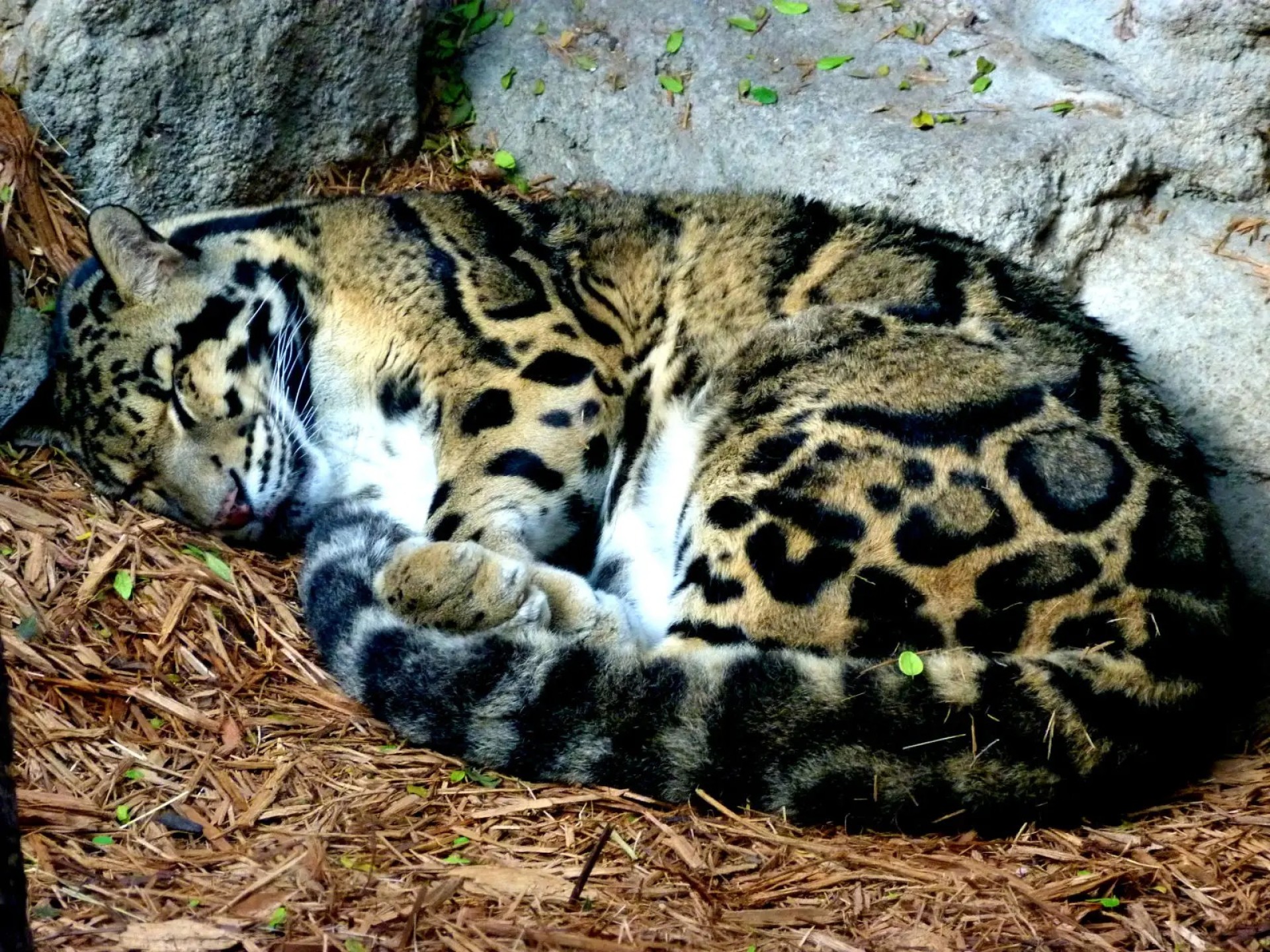-
Places to go
-
Things to do
-
Adventure
Nature
Culture
Wellness
Others
-
-
Festivals & Events
-
Festivals
Event Calendar
-
-
Plan Your Trip
-
Trip Ideas
Travel Details
Book Your Trip
-
- Travel Updates
International Leopard Day: Honoring the Guardians of the Himalayas
Every year on Oct. 23 is celebrated as World Snow Leopard Day, to raise awareness on the endangered population and habitat of the snow leopard (Panthera uncia) also found in the arid and rocky region of Nepal Himalayas.
Despite being found across vast regions of Africa and Asia, leopards face increasing threats from habitat loss, prey decline, and human-wildlife conflict. Their remarkable adaptability — thriving in forests, hills, and even near human settlements — has not been enough to shield them from population declines.
International Leopard Day reminds us that protecting this spotted predator is vital to maintaining ecological balance and biodiversity.

Why This Day Matters
Leopards play a crucial ecological role as apex predators, helping regulate herbivore populations and sustain healthy ecosystems. However, their global range has declined sharply — they have already disappeared from over 75% of their historical habitat.
According to the International Union for Conservation of Nature (IUCN), the leopard is classified as Vulnerable, with several subspecies, such as the Arabian, Sri Lankan, and Amur leopards, listed as Endangered or Critically Endangered.
International Leopard Day serves to:
Raise awareness about leopard conservation and their ecological importance.
Encourage coexistence between humans and wildlife.
Promote education, research, and habitat preservation.
Inspire global participation through storytelling, art, and community engagement.

Conservation Efforts in Nepal
Nepal has been a regional leader in wildlife conservation — and efforts to protect leopards are growing alongside the country’s tiger and snow leopard initiatives.
Key conservation measures include:
Community Forest Programs: Locally managed forests have helped maintain leopard habitats and prey bases while involving communities in conservation decisions.
Conflict Mitigation Projects: Improved livestock enclosures, awareness campaigns, and rapid response teams help reduce human-leopard conflict.
Scientific Monitoring: Camera trap surveys and genetic studies are being used to map leopard distribution and estimate population density.
Wildlife Corridors: Conservation organizations are identifying and restoring habitat linkages that allow leopards to move safely between protected areas.
These actions align with Nepal’s broader conservation philosophy of “People and Wildlife Coexistence”, integrating biodiversity protection with community well-being.

The Leopard in Nepal
Nepal is home to the Common Leopard (Panthera pardus fusca), a subspecies found throughout the Indian subcontinent. In Nepal, leopards inhabit a wide range of ecosystems — from lowland Terai forests and Chure hills to mid-mountain regions and occasionally high-elevation zones up to around 4,200 meters.
Research conducted by the National Trust for Nature Conservation (NTNC) and other organizations confirms that leopards are widely distributed across Nepal, including areas outside protected zones. However, their population trend is declining, and they are listed as “Vulnerable” in Nepal’s National Red List of Mammals (2017).
The survival of the leopard — in Nepal and worldwide — depends on our willingness to coexist. Protecting leopards means protecting forests, water sources, and the web of life that sustains both people and wildlife.
Nepal’s story offers hope: community involvement, sound science, and awareness can ensure these majestic cats continue to roam from the subtropical forests to the Himalayan foothills.
Let’s make every day a step toward coexistence — and let the whisper of the wild leopard remain part of our shared natural heritage.
Nepal Tourism Board is a national tourism organization of Nepal established in 1998 by an Act of Parliament in the form of partnership between the Government of Nepal and private sector tourism industry to develop and market Nepal as an attractive tourist destination. The Board provides platform for vision-drawn leadership for Nepal’s tourism sector by integrating Government commitment with the dynamism of private sector.



